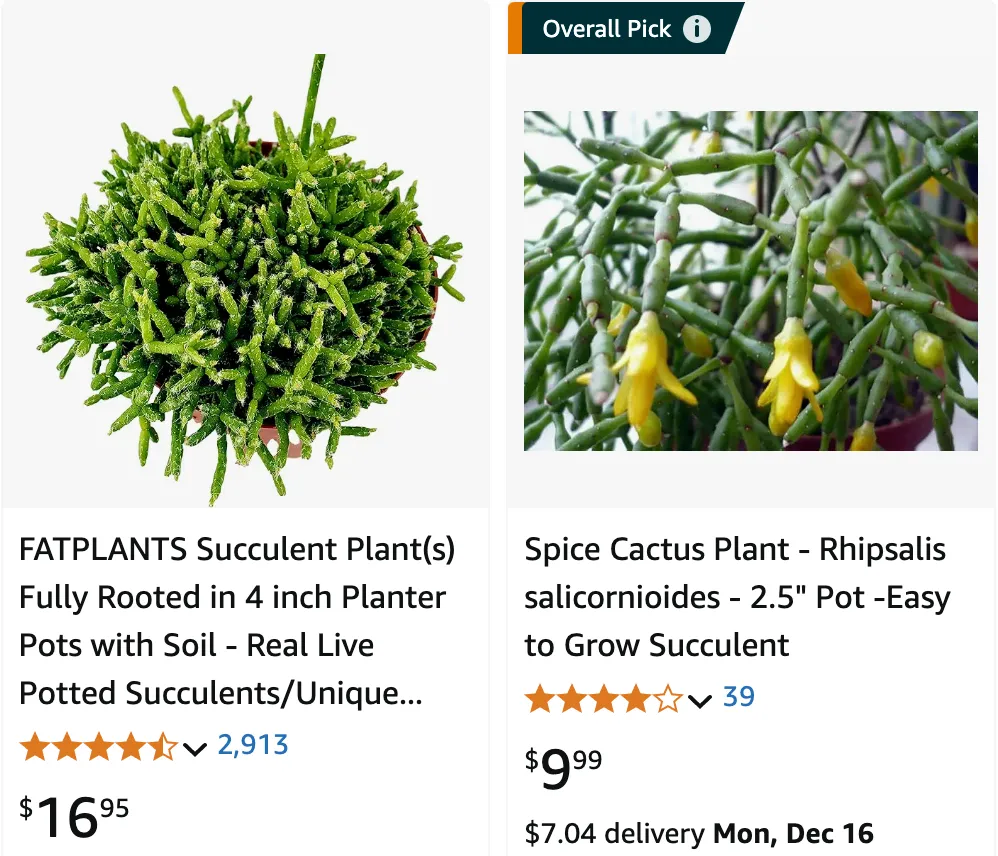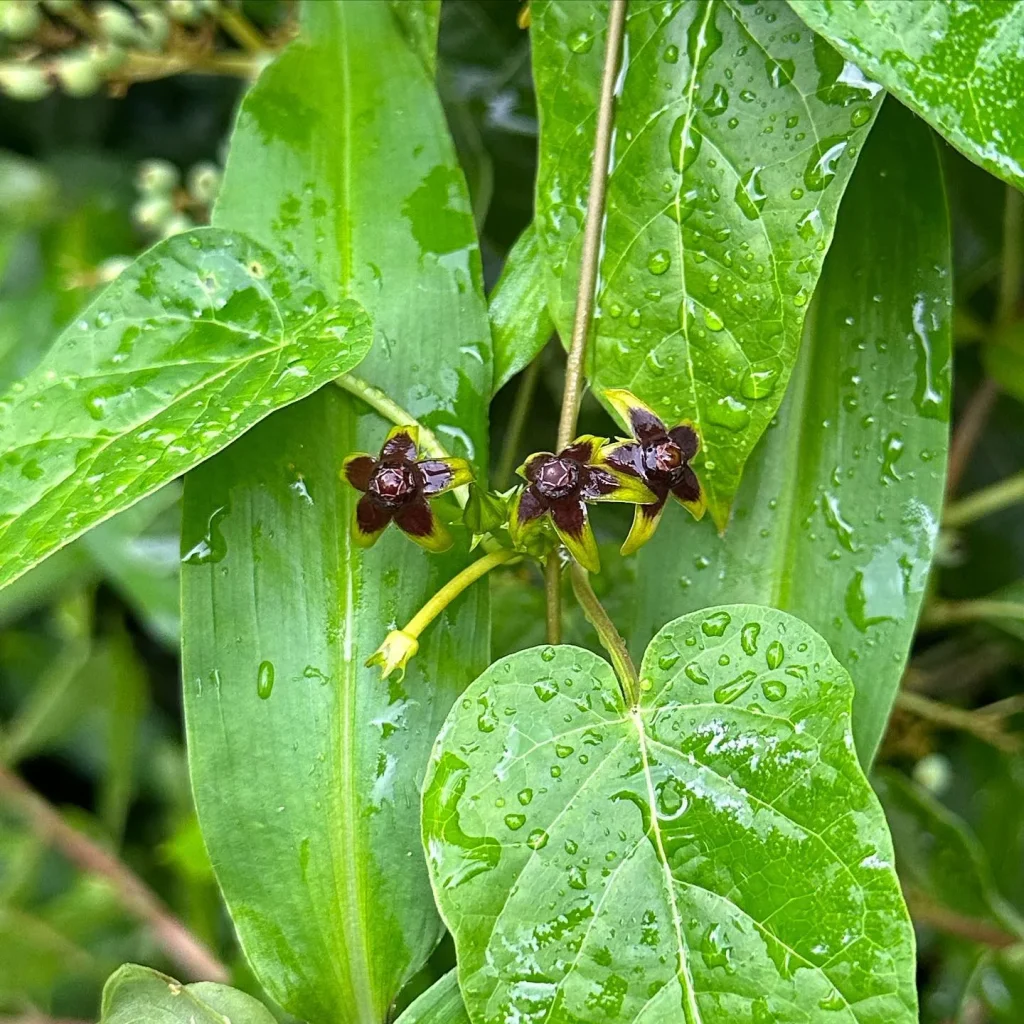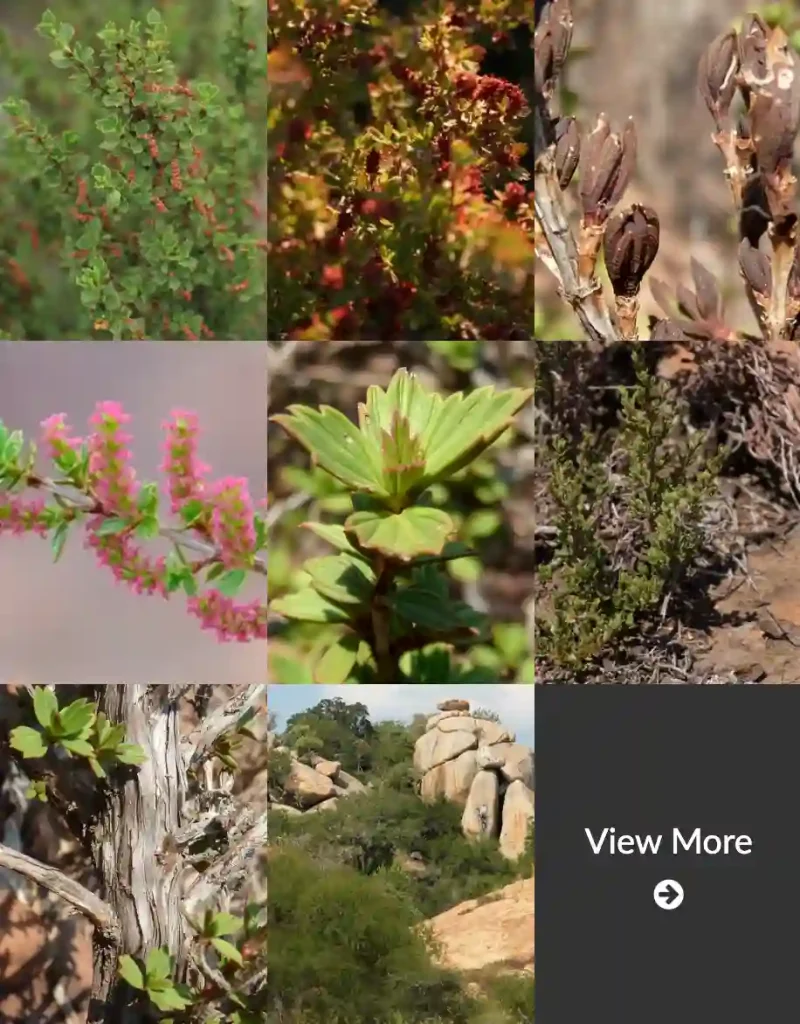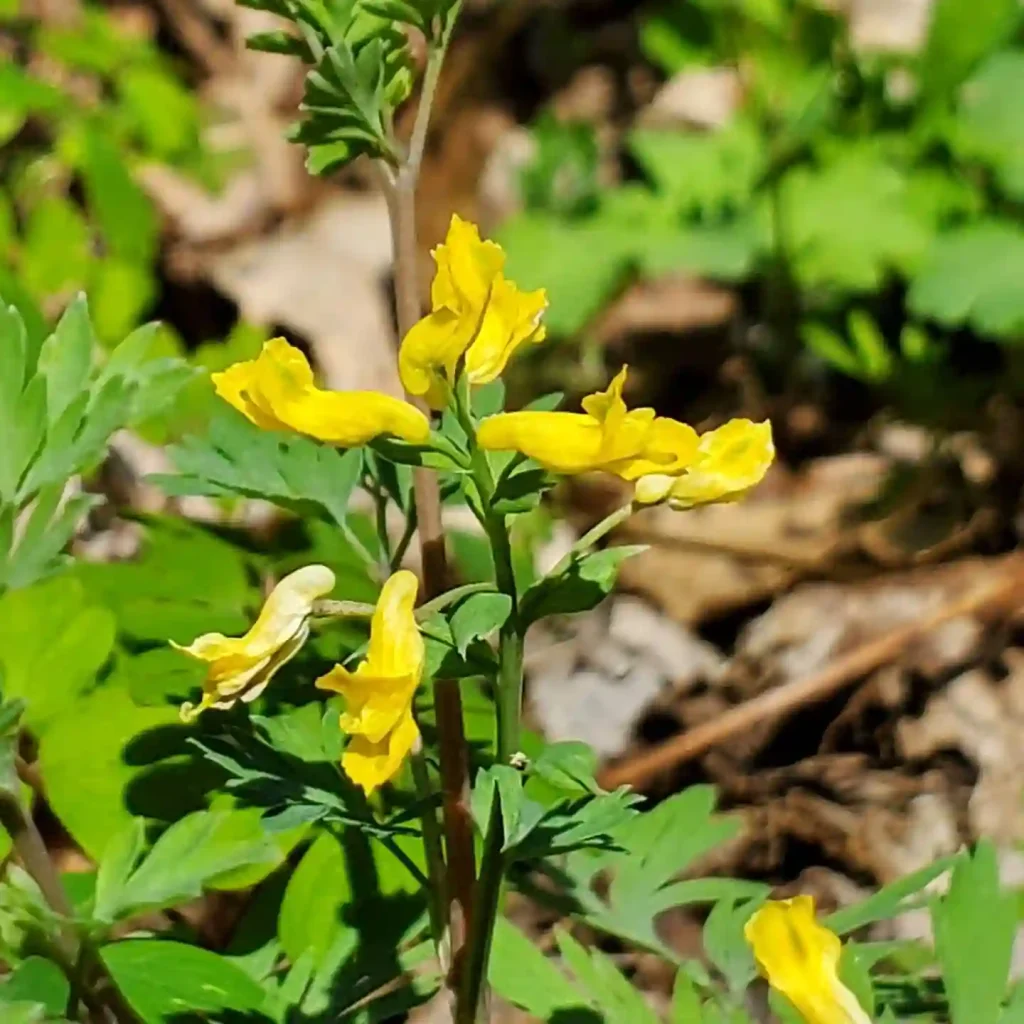
January 7 – Rhipsalis
"Rhipsalis, the mistletoe cactus, represents January 7."
Rhipsalis symbolizes connection and adaptability. Like its cascading stems that create a network of beauty, you naturally form bonds and connections with others. Your flexibility and nurturing nature make you a source of comfort and harmony in any setting.
My Fascination with Rhipsalis
I’m Ferb Vu, and I’ve always been drawn to the unusual. So when I first encountered a Rhipsalis, dangling effortlessly with its slender, cascading stems, I was captivated. Unlike the stereotypical image of a cactus, with spines and a rigid upright form, Rhipsalis are epiphytes – they grow on other plants, typically trees, in tropical rainforests. Their delicate beauty and unique adaptations make them stand out in the diverse world of cacti.
A Different Kind of Cactus
Rhipsalis belong to the Cactaceae family, but they’ve traded the harsh desert environment for the humid tropics. This shift has led to some remarkable adaptations. Instead of spines, many Rhipsalis have smooth, succulent stems that can be cylindrical, flattened, or even winged. These stems are designed to capture moisture from the air and store it, essential for survival in their epiphytic lifestyle.
The flowers of Rhipsalis are another point of distinction. Often small and unassuming, they come in shades of white, cream, or pale pink. These blooms give way to small, berry-like fruits that are often brightly colored, attracting birds to disperse the seeds.
A Diverse Genus
The genus Rhipsalis is surprisingly diverse, with over 45 recognized species. Each has its own unique characteristics, making them a joy to collect and cultivate. Here are a few of my favorites:
- Rhipsalis baccifera: Also known as the mistletoe cactus, this species has thin, cylindrical stems and produces small, white flowers followed by white, mistletoe-like berries. It’s one of the most widespread Rhipsalis, found in the Americas, Africa, and even Madagascar.
- Rhipsalis cereuscula: This species, commonly called the coral cactus, has short, clustered stems that resemble coral branches. It’s a popular choice for hanging baskets, as its stems form a dense, cascading mound.
- Rhipsalis paradoxa: This unique species has flattened, segmented stems with alternating thick and thin sections, giving it a distinctive appearance.
- Rhipsalis pilocarpa: Known as the hairy-stemmed Rhipsalis, this species has stems covered in fine, hair-like bristles. It produces beautiful, large white flowers with a sweet fragrance.
- Rhipsalis clavata: This species boasts slender, cylindrical stems and an abundance of small, white flowers that bloom along the stems.
- Rhipsalis agudoensis N.P.Taylor
- Rhipsalis aurea M.F.Freitas & J.M.A.Braga
- Rhipsalis barthlottii Ralf Bauer & N.Korotkova
- Rhipsalis burchellii Britton & Rose
- Rhipsalis campos-portoana Loefgr.
- Rhipsalis cereoides (Backeb. & Voll) Backeb.
- Rhipsalis crispata (Haw.) Pfeiff.
- Rhipsalis cuneata Britton & Rose
- Rhipsalis dissimilis (G.Lindb.) K.Schum.
- Rhipsalis elliptica G.Lindb. ex K.Schum.
- Rhipsalis ewaldiana Barthlott & N.P.Taylor
- Rhipsalis flagelliformis N.P.Taylor & Zappi
- Rhipsalis floccosa Salm-Dyck ex Pfeiff.
- Rhipsalis goebeliana Backeb.
- Rhipsalis grandiflora Haw.
- Rhipsalis hileiabaiana (N.P.Taylor & Barthlott) N.Korotkova & Barthlott
- Rhipsalis hoelleri Barthlott & N.P.Taylor
- Rhipsalis hylaea F.Ritter
- Rhipsalis juengeri Barthlott & N.P.Taylor
- Rhipsalis lindbergiana K.Schum.
- Rhipsalis mesembryanthoides Haw.
- Rhipsalis micrantha (Kunth) DC.
- Rhipsalis neves-armondii K.Schum.
- Rhipsalis oblonga Loefgr.
- Rhipsalis occidentalis Barthlott & Rauh
- Rhipsalis olivifera N.P.Taylor & Zappi
- Rhipsalis ormindoi N.P.Taylor & Zappi
- Rhipsalis pacheco-leonis Loefgr.
- Rhipsalis pachyptera Pfeiff.
- Rhipsalis pentaptera Pfeiff. ex A.Dietr.
- Rhipsalis pulchra Loefgr.
- Rhipsalis puniceodiscus G.Lindb.
- Rhipsalis rhombea (Salm-Dyck) Pfeiff.
- Rhipsalis russellii Britton & Rose
- Rhipsalis shaferi Britton & Rose
- Rhipsalis sulcata F.A.C.Weber
- Rhipsalis teres (Vell.) Steud.
- Rhipsalis triangularis Werderm.
- Rhipsalis trigona Pfeiff.
- Rhipsalis trigonoides (Doweld) N.Korotkova
Cultivating Rhipsalis
One of the reasons I love Rhipsalis is that they are relatively easy to care for. Unlike desert cacti, they don’t require intense sunlight and are quite tolerant of some shade. They thrive in a well-draining potting mix and prefer to dry out slightly between waterings.
Since they are epiphytes, they appreciate high humidity and good air circulation. I often mist my Rhipsalis or place them on a tray of pebbles with water to increase humidity. They also benefit from regular fertilization during the growing season.
The Allure of the Unusual
For me, the appeal of Rhipsalis lies in their unique beauty and their ability to thrive in diverse environments. They challenge the conventional image of a cactus, demonstrating the incredible adaptability of plants. Whether you’re a seasoned plant collector or just starting your journey, I highly recommend exploring the fascinating world of Rhipsalis.
If i die, water my plants!



